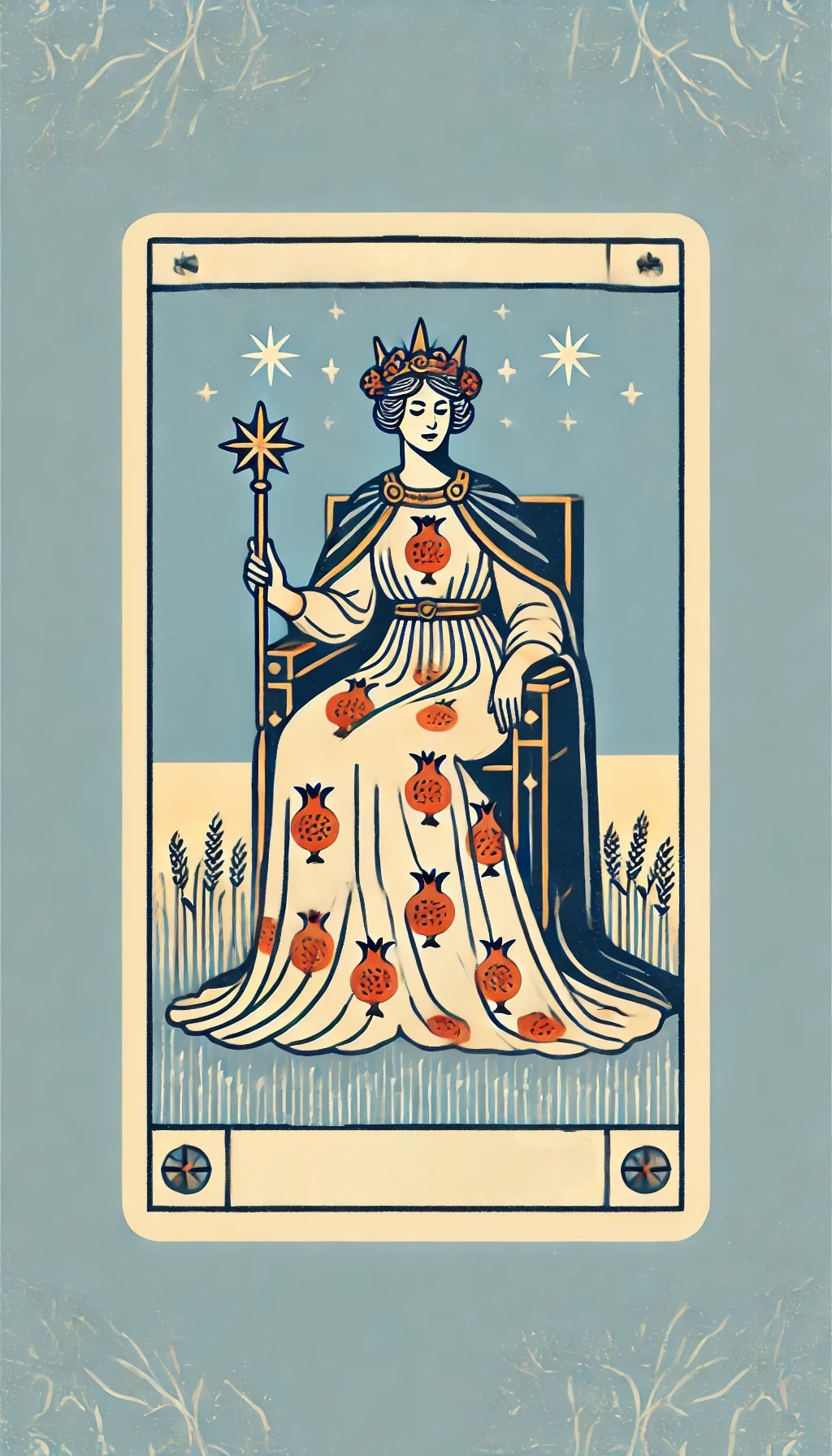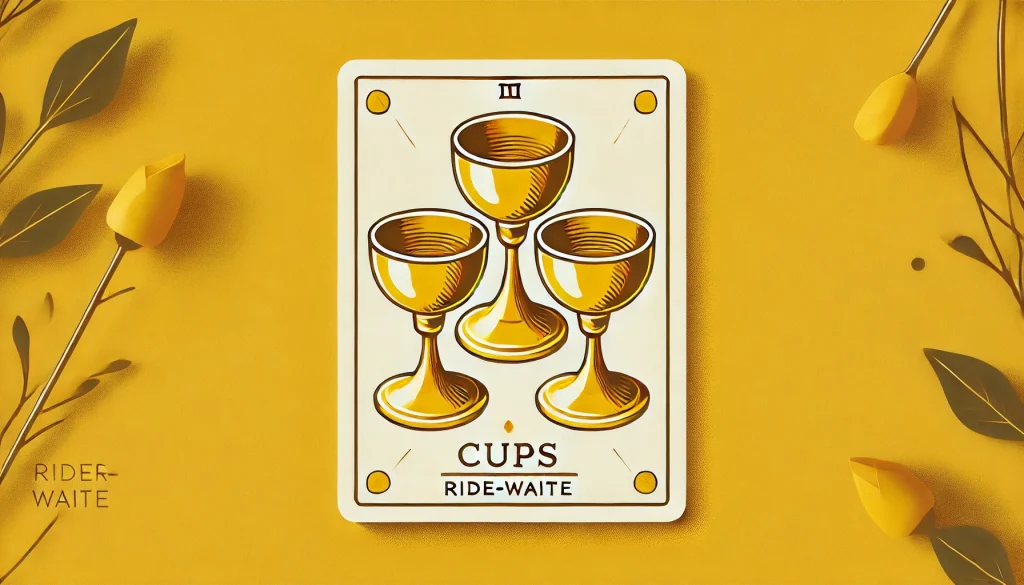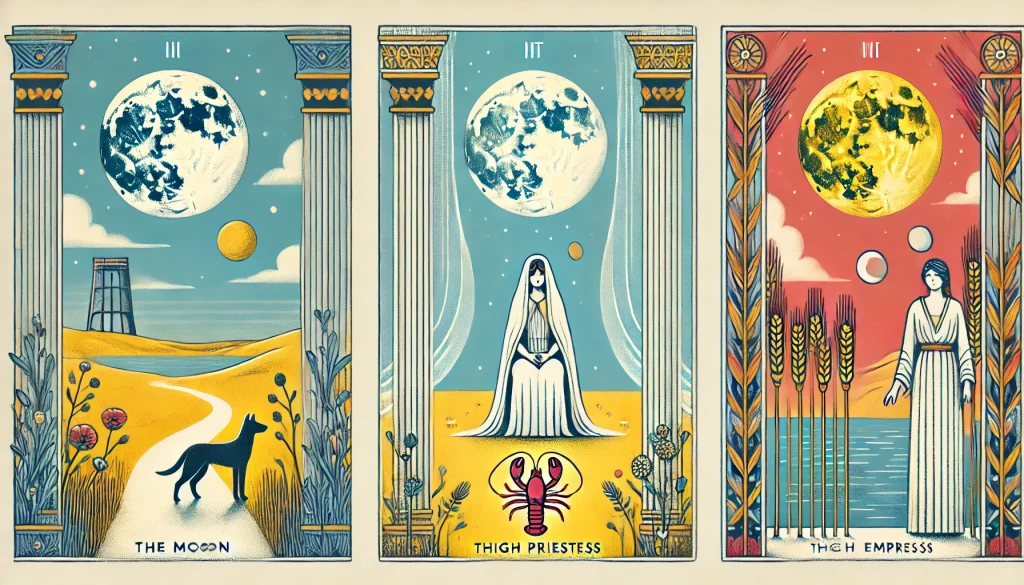Sometimes it begins with a quiet discomfort. A card you do not want to look at. The image turns your stomach. Or leaves you cold. Or wakes something ancient in your chest. You try to move on, but it lingers. Like a scent. Like a bruise you cannot quite name.
The pip cards arrive in this way. They do not come dressed in archetype. They arrive in numbers. In shapes. In small gestures. A sword turned downward. A cup half-spilled. A coin held tight. A wand bending slightly in the wind. These images don’t call the mind to action. They call the body to attention.
If you pause and stay, if you let your breath move lower into the belly, the image might begin to open. It will not explain itself. It will not rush. It will begin to settle in. And then it will stir.
One of the swords may tighten the throat. The hand on the wand may remind you of your own grip. A cup left untouched may echo something you did not receive. These are not thoughts. They are invitations. The cards wait for you to feel what they already know.
Each number carries a rhythm. The one is a new pulse. A fresh beat. It brings possibility, but also the fear of taking form. The two asks you to stay in the tension. Two coins shifting weight. Two cups lifting together. Two wands reaching outward, unsure where to root.
The threes bring the hum of life beginning to shape itself. The four tries to hold that shape. It creates a boundary. Sometimes needed. Sometimes suffocating. The five disturbs. It breaks the pattern. It insists that what has settled must now move. The image may bring grief. Or rage. Or a tightness behind the eyes.
The six arrives as a balm. A memory of something more whole. A child offers a flower. A body rests. A river carries a small boat. The image touches the skin lightly. You might breathe a little deeper. Not because the story is finished, but because something softens.
Then come the sevens. They disturb again, but in a different register. They ask deeper questions. They complicate what looked simple. The seven of cups floats in dream. The seven of swords slips away with something unspoken. They do not betray you. They bring you back to a place where you lost your name.
The eights move. You feel it in the legs. A pattern repeats. A rhythm returns. Eight coins carefully carved. Eight cups left behind. Eight swords arranged like bars. The body wants to act. Or flee. Or freeze. Pay attention to what your spine does.
The nines turn you inward. They ask for quiet. For honesty. The image stands alone. The breath slows. The world outside grows distant. These cards do not promise. They witness. They accompany. They do not need you to change. They need you to stay present.
Then the tens. The story thickens. The weight increases. A figure carries too much. Another lies pierced. One gathers coins under vines. Another family lifts cups toward a sky no longer dark. The tens are full. They press into the heart. Into the shoulders. Into the memory of something finished, even if you never quite began it.
These images do not require knowledge. They require relationship. The minor arcana are not lesser. They are closer. Closer to the hand that reaches. Closer to the back that breaks. Closer to the breath that catches. They speak in the language of embodiment. And they speak in a tone that only the body can hear.
If you sit long enough, if you place the card on your lap or on your chest, you may begin to feel where it lives in you. That is where the work begins. Not in naming the image. In allowing it to name you.
When the body receives the symbol, something changes. The old story begins to shift. Not because it was wrong, but because something more honest has arrived. A wand turns slightly. A sword lowers. A cup tilts. The image begins to breathe. And slowly, so do you.
Rose – Soulful Nuggets Team
This blog is a reflection on the course ‘A Jungian Perspective on the Tarot‘
by Jungian Analyst Ken James on JungPlatform.com.





